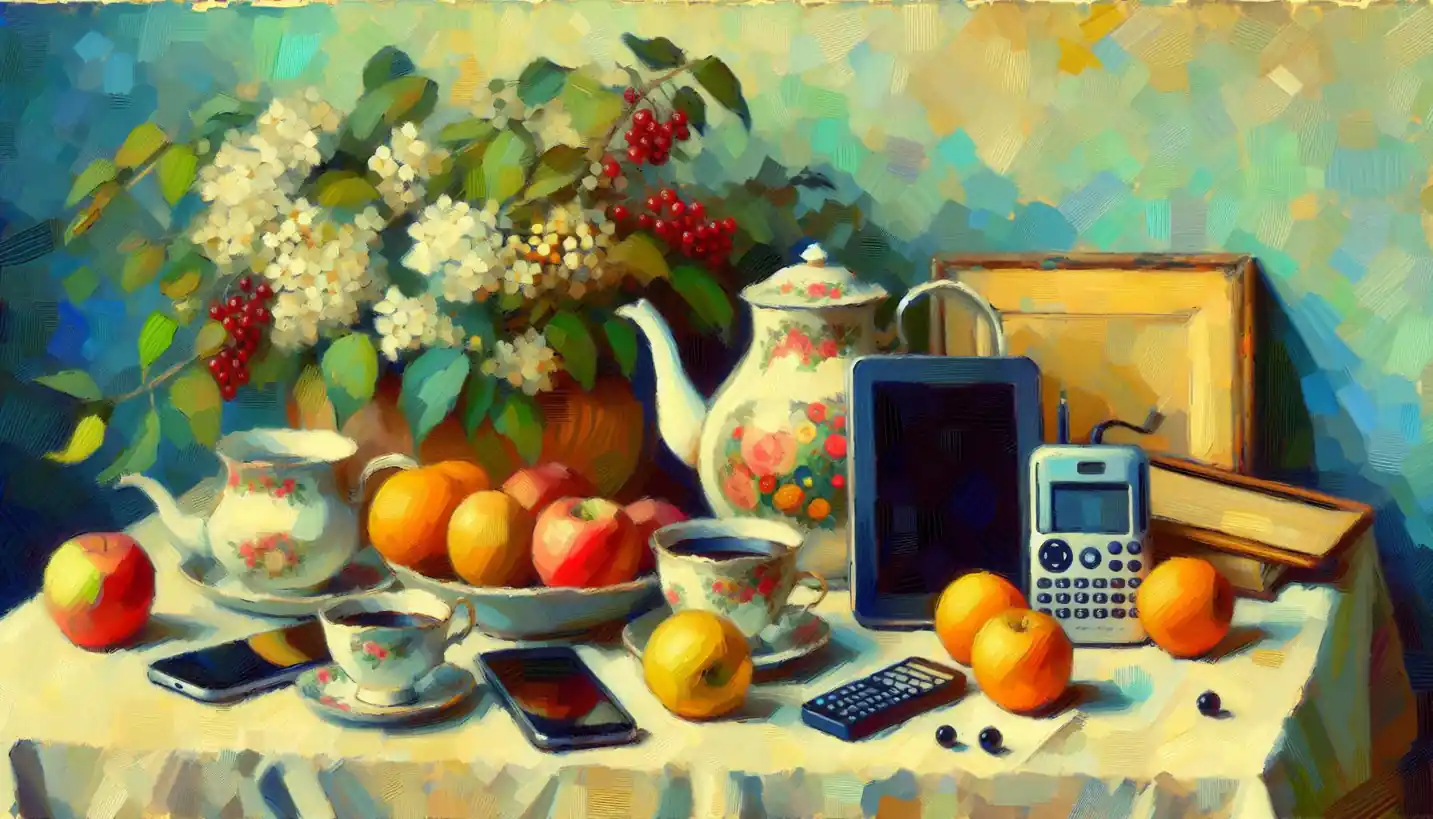· Art · 4 min read
Squinch: A Bridge Between Angles in Architecture and Art
Squinches artfully bridge angles, allowing for the seamless construction of domes and displaying both architectural and artistic prowess.

Picture this: you’re wandering through an ancient cathedral, gazing up at a magnificent dome that seems to float effortlessly above your head. How does it manage to perch there with such grace? The secret might lie in a clever architectural trick called a “squinch.”
What Is a Squinch?
A squinch might sound like a funny word, but it’s a smart solution in architecture. At its core, a squinch is a structural element used to transition the shape of a building from a square to a polygonal or circular base—most commonly when supporting a dome on a square room. Imagine trying to fit a round pizza on a square box, and you’ll get the idea.
How Does it Work?
Think of squinches as architectural corner helpers. When builders needed to place a round dome above a square room, they placed these corner segments to make a gradual transition from the room’s square base to the dome’s circular base. Squinches can be arches or corbels that bridge the right angles at the room’s corners, giving the dome something to sit on. They help redistribute weight from the dome, allowing it to stand tall and proud.
Historical Background
The squinch is not a modern invention. It harks back to ancient and medieval architecture. You’ll find early examples in Persian, Byzantine, and Islamic buildings. Each culture added its twist, showcasing the cleverness and artistic flair of ancient architects.
The Great Mosque of Samarra in Iraq and the Hagia Sophia in Istanbul are two iconic examples where squinches shine. In these structures, squinches are not just functional—they add an aesthetic element, integrating art and engineering seamlessly.
Squinches vs. Pendentives
While exploring, you might stumble upon another term: “pendentive.” Though both squinches and pendentives help transition from square to round, they’re like cousins with distinct personalities.
- Squinches often create a more stepped or tiered effect at the corners, like a series of arches or brackets.
- Pendentives, however, are curved triangles that swoop down from the base of the dome to the square room below. They are smoother and more flowing compared to squinches.
Think of it as the difference between a layered cake (squinch) and a smooth chiffon (pendentive).
Why Are Squinches Important?
Squinches aren’t just about supporting domes; they represent a fusion of science, art, and cultural history. Understanding squinches offers insights into how past civilizations tackled design challenges with limited technology. Their use reveals much about the architectural achievements of ancient empires and their attention to both functionality and beauty.
Engineering Marvel
From a structural engineering perspective, squinches demonstrate the ingenuity of early builders. They represent a sophisticated understanding of geometry and load distribution. By redirecting weight from the dome to the building’s walls, squinches allow for grand ceiling heights and expansive, open interiors.
Artistic Expression
Beyond their structural role, squinches often become canvases for artistic expression. In many historical buildings, they’re adorned with ornate mosaics, carvings, or frescoes. This transforms them into detailed artistic features that draw the eye and highlight the artisan’s skill.
Modern Relevance
Squinches still hold relevance today. Architects inspired by history might incorporate squinches in contemporary designs to evoke a sense of timeless elegance. While construction methods have evolved, the basic principles behind squinches continue to inspire.
Inspiring Future Designs
Modern architects often draw inspiration from historical elements like squinches, blending them with contemporary techniques. This blend can create unique structures that pay homage to tradition while embracing innovation.
Final Thoughts
The humble squinch is a testament to human ingenuity and creativity. It shows how a simple structural element can seamlessly bring together the mathematical precision of engineering with the breathtaking beauty of art. As you continue your journey through history and architecture, notice how these hidden gems provide the foundation for some of the world’s most admired structures.
So next time you look up at a soaring dome, take a moment to appreciate the invisible hands of the squinch, working quietly behind the scenes to bridge the gap between art and science.



